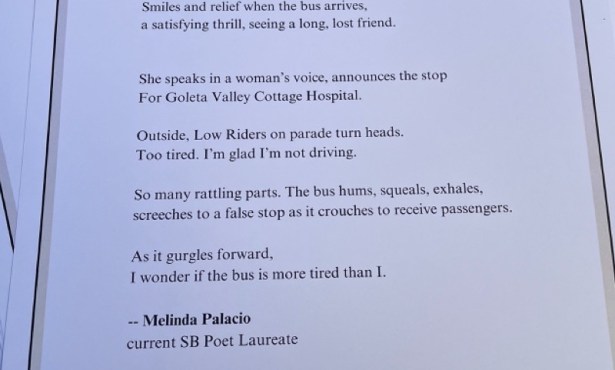The Other Men

Madame Ganna Walska, who married often and well (she had six husbands) was not trained in the art of gardening, but she had plenty of help in creating the strikingly unusual garden of exotic delights that is Lotusland. At first, Madame Walska (one of the first of the jet-setters) commuted between Santa Barbara and New York, where she maintained an apartment on Park Avenue. Eventually, she was spending most of her time on the West Coast. Lockwood de Forest and Ralph Stevens, noted landscape architects, had designed projects on the property for its former owners, so Madame Walska first turned to them. In spite of his propensity to work mostly with California natives, Madame Walska was able to enlist de Forest’s help in decorating the entrance to the house with large and somewhat threatening exotic cacti and euphorbias. Ralph Stevens (son of the earliest developer of the property, R. Kinton Stevens) was also put to work designing a new swimming pool (the old one became a water garden), the signature iron gates on Sycamore Canyon Road, and a rustic outdoor theatre. Madame Walska’s whimsical horticultural clock, planted with succulents, was another collaboration.
Future garden projects focused increasingly on foliage and form of plants. Madame Walska once wrote that she didn’t want in her garden what she used to wear on her chest. Always the collector (of husbands, gowns, jewels, etc.), she turned to plant collecting as well. Large numbers of cacti and euphorbias, palm trees, dragon trees, and cycads were purchased at estate sales and from private gardens. A collection of topiary creatures was purchased from Osaki Plant Zoo and planted around the clock. And, in the 1960s, Madame was introduced to Fritz Kubish, the owner of Jungle Plants and Flowers in Culver City. Soon, a collection of tropical bromeliads graced her cottage.
Around that time, horticulturist Bruce Van Dyke was enlisted to help procure plants, find a suitable place to display them, and in general to follow her whims. In the late 1960s, Madame Walska also employed the well-traveled Bill Paylen, a specialist in ferns and other shade-loving plants, to create a fern garden near the swimming pool. To his trained eye, the garden lacked color, and he suggested that some flowering begonias should be included. Madame was against it from the start, but after Paylen insisted, saying that she would like them, she relented.
Besides rare and beautiful plants, many garden projects required stone and masonry. Ozzie Da Ros, whose father had founded Santa Barbara Stone, was called upon frequently to help. He and his workers located exotic rocks and minerals to line the paths, including the striking blue-green glass slag, which was a byproduct of glass bottle production from the Arrowhead Water bottling company. His biggest project was helping to create a Japanese style garden around the old reservoir. Da Ros and Frank Fujii, who was only hired to prune Madame Walska’s topiary at the time, began developing a tranquil landscape in the mode of classical Japanese gardens.
A major player for the last decade or so of the development of Madame Walska’s garden was Charles Glass. Glass-the other half of Glass and Foster-had an all-succulent nursery called Abby Garden that he eventually moved from Los Angeles to Carpinteria. Glass and Foster introduced many new cacti and succulents to hobbyists through their collecting trips and nursery, and Madame Walska enlisted their assistance with her collections. Aloes, cacti, euphorbias and other succulents were included in the landscape through their efforts. Foster soon sought his fortune alone, but Glass remained, and his (and Madame Walska’s) last project was the creation of the cycad garden. Madame Walska sold her remaining jewels to acquire a significant collection of these prehistoric plants. The resulting garden is filled with hundreds of the rare plants.
Since Madame Walska’s garden has been open to the public, an entirely new cactus garden was designed by Eric Nagelmann to display more than 500 cactus plants collected by a long-time friend of Madame Walska, Sigs Dunlap. Dunlap and Madame Walska met by chance and discovered they had a mutual passion for cacti. Nearly two decades after her death, his collection became another jewel in Madame Walska’s creation. Her creative force seems to be still in command at her beloved Lotusland.



